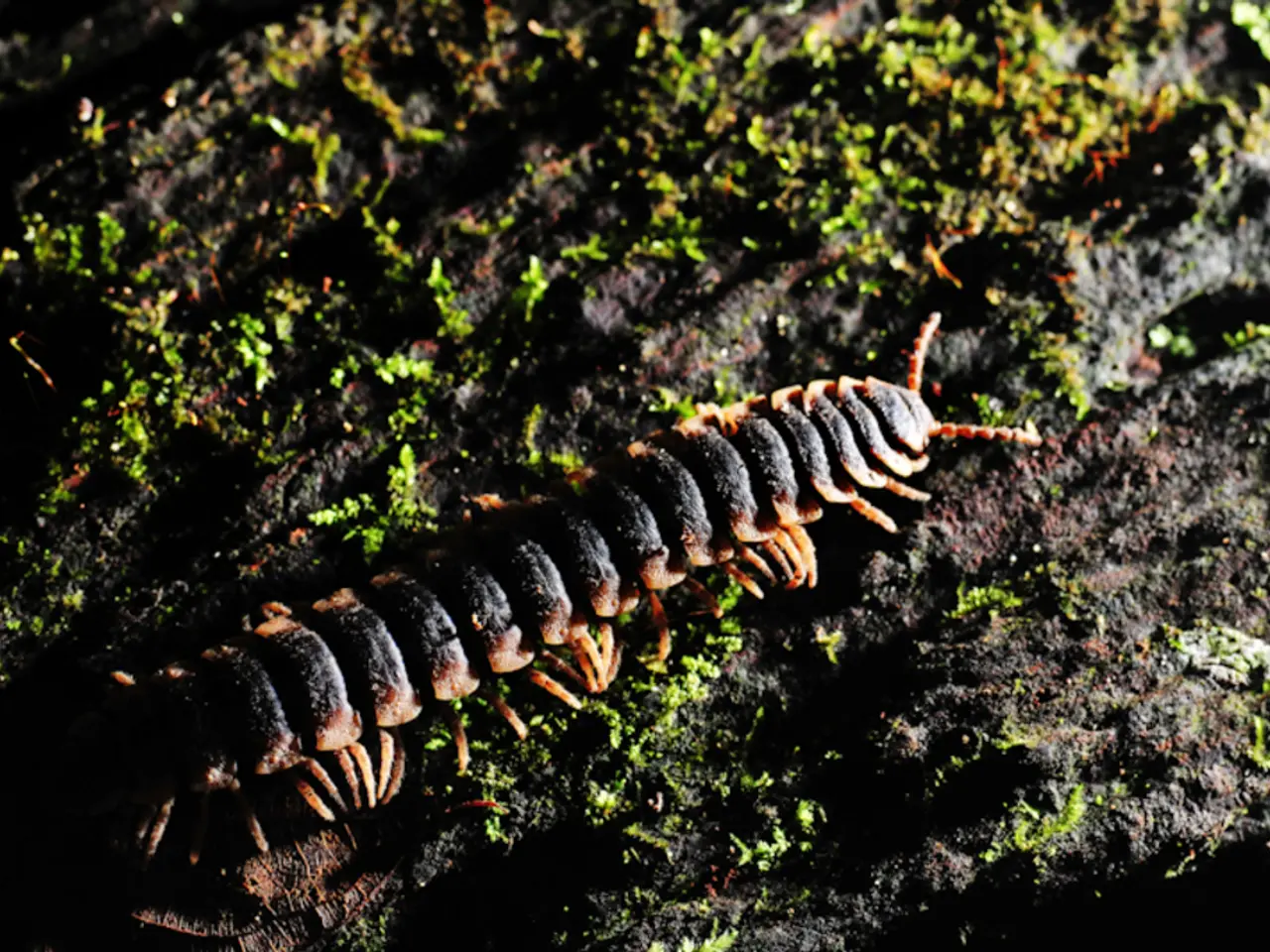Invasive Species Spotlight: Heracleum mantegazzianum, also known as the Giant Hogweed, a towering plant causing concern with its toxic properties.
In the United States, particularly in the state of New York, a troublesome invasive plant known as Giant Hogweed has been causing concern for landowners. This towering plant, which can reach heights of up to 5 meters, is not only a nuisance but also poses a risk due to its toxic sap.
Control of Giant Hogweed requires a combination of methods, including herbicides, manual labour, and prevention strategies. Herbicides such as Triclopyr and glyphosate have been found to be effective due to their systemic activity. However, multiple applications are usually necessary, and it's crucial to follow the directions on the label.
The most effective herbicide applications are typically made in the fall, after the first frost, to plants established that season. This single application can provide the most effective control. Other products like 2,4-D, TBA, MCPA, and dicamba may control the aboveground portion of the plant, but they are relatively ineffective at killing the root stock.
Continuous management to prevent seed production is beneficial in controlling Giant Hogweed. This can be achieved through methods such as digging, mowing, cutting, removal of umbels, grazing, and herbicide application. Protective clothing and eyewear should be worn when working around Giant Hogweed, especially when cutting, as the risk of splashing the toxic sap onto the skin will be the greatest.
It's important to note that Giant Hogweed is easily confused with other species such as angelica, poison hemlock, wild carrot, cow parsnip, common pokeweed, giant ragweed, and ironweed. Therefore, if you find a plant that resembles Giant Hogweed on your property, it's advisable to contact your local county Extension office or a USDA-APHIS office for current spray recommendations or to determine the status of any governmental spray program being conducted.
Research indicates that five years of intensive management is required to attempt to eradicate Giant Hogweed. Landowners are encouraged to act promptly to control this invasive plant and prevent its spread. By taking these steps, we can help protect our natural habitats and ensure a safer environment for all.








